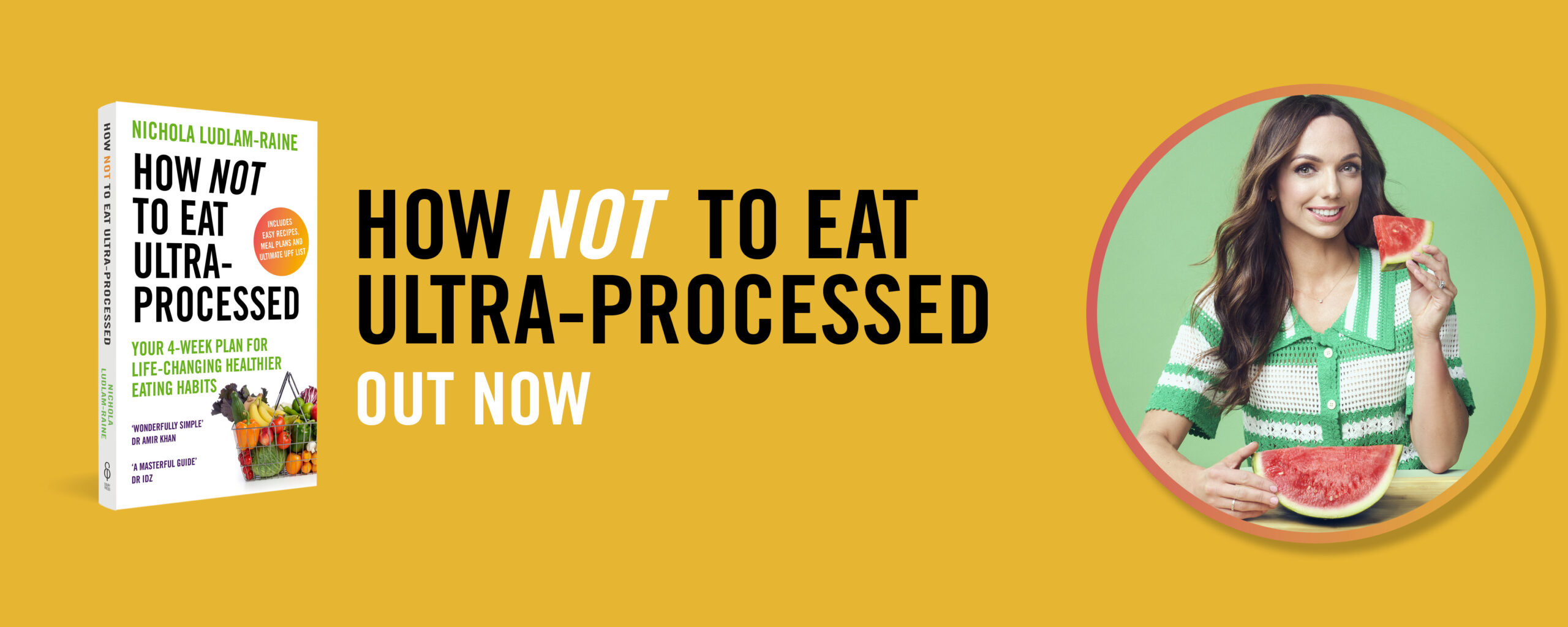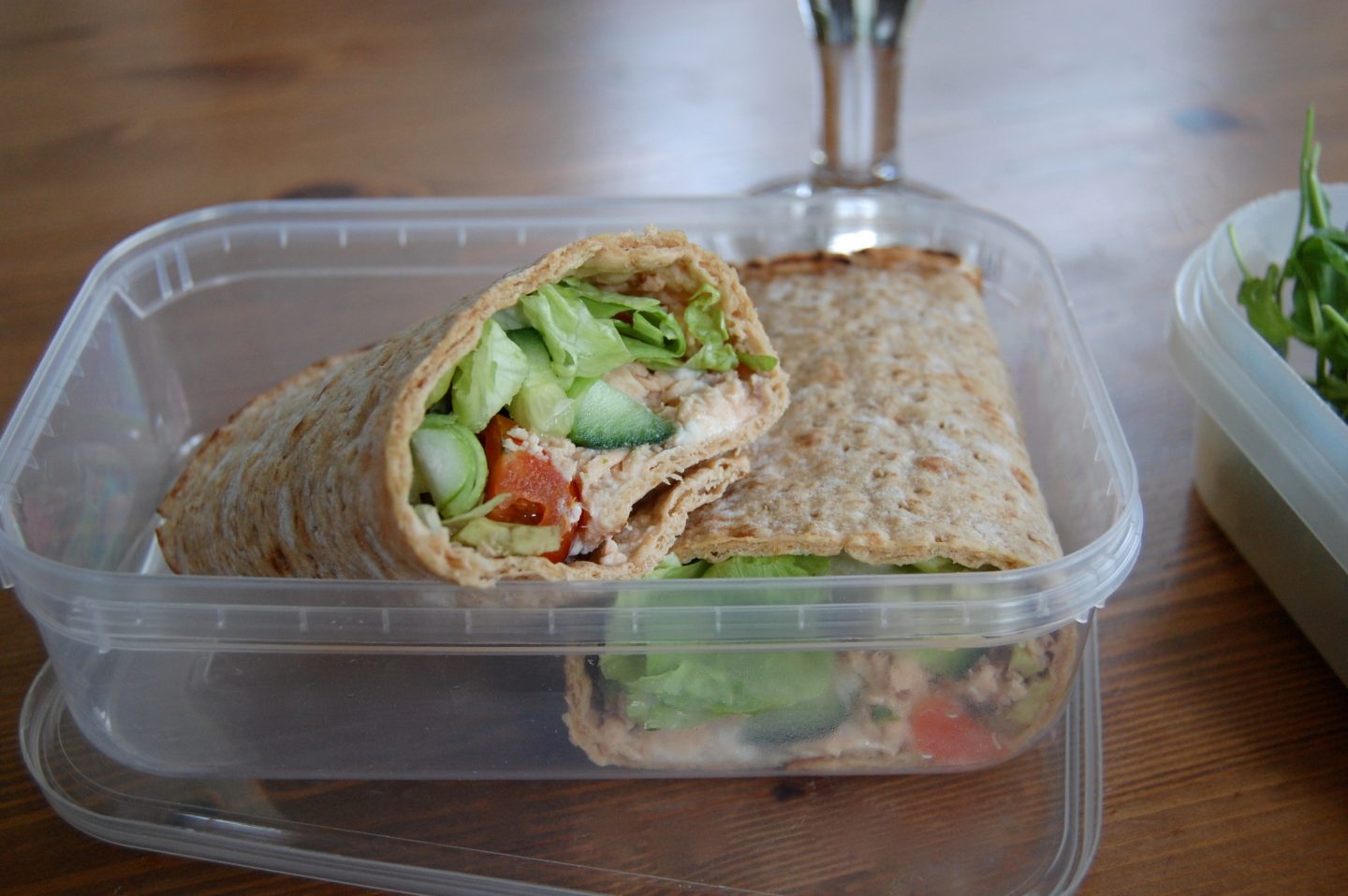
Did you know that this month is #FibreFebruary? If not, the following news and tips are bound to make both you AND your gut extremely happy!
The topic of gut health is very much in vogue at the moment, which is ironic given the plethora of fad-diets publicised in the media last month. Fad-diet are usually lacking in fibre, the one nutrient that makes our guts happy, as they often omit foods such as bread and cereals.
So, let’s take a look at what exactly fibre is, why it’s so beneficial and how we can eat more of it!
- What is Fibre?
Dietary fibre can be defined as ‘the parts of food that cannot be digested or absorbed in our gut’. Fibre is found in carbohydrates such as wholemeal flour, bread, oats, fruits, vegetables, beans and pulses.
Fibre is extremely important as it helps to keep our digestive systems and bowels in good working order, in addition to contributing to healthy cholesterol levels and promoting healthy gut bacteria. Specifically, fibre helps us to feel full and prevent constipation, and there is evidence to show that diets rich in fibre may help to reduce risk of colon cancer and cardiovascular disease too.
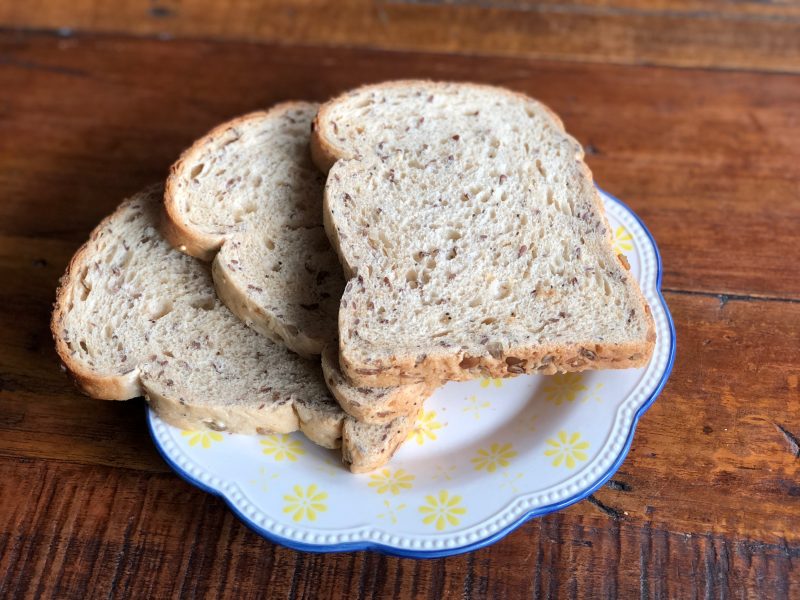
- How much Fibre should be Eating?
In the UK it is recommended that we should eat 30g of fibre a day, but the average person currently only consumes around 18g a day. On average women need to increase their fibre intake by an alarming 75%, and men by 50%!
If you are looking to increase the amount of fibre in your diet, you should always increase your intake gradually; as going from no fibre to a lot of fibre could be a strain on your digestive system and cause discomfort. Fluid should also be increased in order to prevent constipation: Fluid helps waste products to move through the digestive tract more easily and creates a softer stool, which makes it easier to pass.
- Check the Label
In order to workout how much fibre is in a product you need to read the nutrition label. A food labelled as ‘high fibre’ must contain at least 6g of fibre per 100g (or 3g fibre per 100 kcal), and foods labelled as a ‘source of fibre’ must contain at least 3g per 100g (or 1.5g fibre per 100 kcal).
If you want to add up how much fibre you are eating in a day then you need to read the ‘per serving’ column for fibre. For example different types of bread provide different amounts of fibre; and if you were having two slices of bread you would times the ‘per slice’ fibre content by two.
On average, two slices of medium sliced bread contains:
- White bread = 2g of fibre
- Seeded bread = 5g of fibre
- Wholemeal bread = 5g of fibre
- Seeded wholemeal bread = 11g of fibre
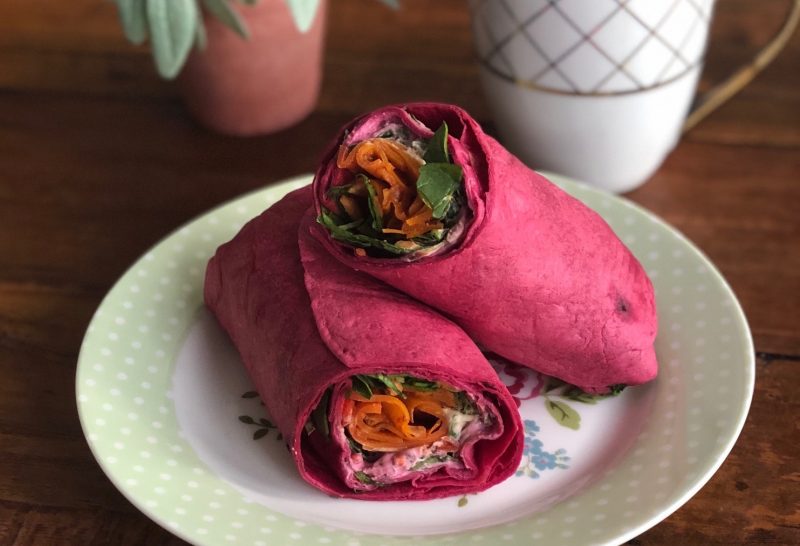
- 10 Top Tips on how to increase your Fibre intake:
- Don’t avoid bread; all varieties of bread contain fibre
- Add frozen vegetables to a meal for a cheap and quick fibre boost
- Swap crisps for popcorn as a snack
- Snack on foods such as nuts, seeds and dried fruit
- Add seeds, chopped nuts and fresh fruit to your morning cereal
- Choose a wholegrain cereal such as porridge oats or wheat biscuits
- Keep the skin on your fruit and vegetables (wash them don’t peel them!)
- Replace some of the meat in a chilli or bolognese with beans and mushrooms
- Use wholemeal flour or oat flour in baking; try 50% white and 50% wholemeal flour in cakes and sweet treats
- Stir cooked lentils into your soup for a fibre and protein boost
- What 30g of Fibre a day looks like:
– Breakfast (7g fibre) – 2 x Weetabix, 200ml almond milk, topped with 1 banana & handful (25g) walnuts
– Snack (2g fibre) – 1 medium apple
– Lunch (11g fibre) – Sandwich; 2 medium slices of wholemeal bread, a handful of salad leaves & 125g of falafel
– Snack (5g) – Handful (80g) of carrot buttons with 1/4 tub of hummus
– Evening Meal (7g) – Fajitas made with 1 x tortilla wrap with chicken, a pepper & 1/2 onion
TOTAL = 30g fibre
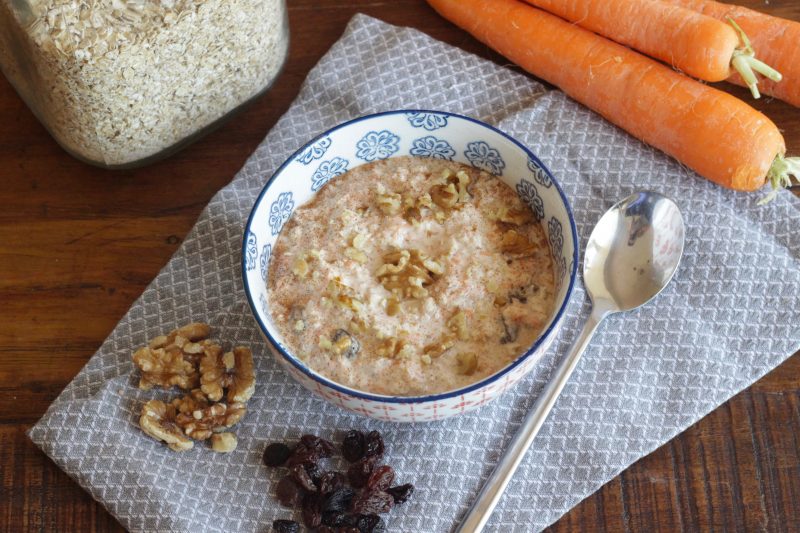
How much fibre do YOU eat in a day?
If you’re not quite reaching the recommended 30g a day then I challenge you to have 5-10g more each day for the next week!
You can find out more about the #FibreFebruary campaign on the Fab Flour website or on their Facebook page.
*This blog post was written in collaboration with FAB. All words are my own. Please read my disclaimer page for more information.
